I speak in debate on the Biodiversity Conservation and Local Land Services Legislation Amendment (Broombush and Blue Mallee Coppicing) Bill 2025, introduced by the good member for Cootamundra. While I acknowledge the intent behind the bill—to provide certainty and continuity for regional landholders who have harvested broombush and blue mallee for decades—the Government is unable to support it in its current form. That is not a question of intent or outcome. The Government and the member for Cootamundra are seeking the same outcome. It is a question of how we get to that outcome responsibly, without eroding the minimal environmental protections that exist in the current system.
I remind the House that the issue is not new. In 2010 the NSW Threatened Species Scientific Committee determined that the blue mallee ecological community was critically endangered. In 2017 the Coalition—those opposite—mapped the ecological community and required landholders to seek approvals from the Native Vegetation Panel before harvesting could occur. Let us be clear, the critically endangered ecological community [CEEC] mapping was put in place in 2017 under the Coalition, but it failed to deliver the very pathways and support that landholders needed to navigate those rules. For eight years the Coalition put the issue in the too-hard basket. It is the same party that introduced the 2016 land clearing laws, which weakened protections and led to a spike in unregulated clearing across the State. The Government inherited that mess and is now doing the work the Coalition should have done. When Labor came into Government, the issue was brought to our attention. Unlike many of those opposite, we did not turn away from it. We rolled up our sleeves.
The Minister for the Environment has met directly with landowners in West Wyalong, alongside representatives from NSW Farmers. This Government has sympathy for the situation landholders are in. The issue should have been addressed years ago. In that meeting, the Minister for the Environment made two firm commitments to landowners in West Wyalong. The first was to seek a review by the Threatened Species Scientific Committee to determine whether the harvesting of broombush has a meaningful impact on the ecological community's status. The second was to initiate a joint review of the CEEC mapping by Local Land Services and the Department of Climate Change, Energy, the Environment and Water [DCCEEW]. Those reviews are now underway.
The Department of Climate Change, Energy, the Environment and Water has already completed a desktop mapping review. The review has identified approximately 470 hectares, or about 5 per cent of the currently mapped CEEC, that could be re-categorised from sensitive regulated land to exempt land. That means it could potentially be harvested without any further approvals. That is not just talk. The change will be made to the Native Vegetation Regulatory map immediately. That is just the beginning. Landowners have already been engaged in a comprehensive on-the-ground mapping review. That work will be led by an independent botanist with local experience, in partnership with Local Land Services. Landholders will be involved, data will be ground-truthed and the map will be updated accordingly. Furthermore, Local Land Services and the Department of Climate Change, Energy, the Environment and Water are also identifying the suitable approval pathway and working with landowners to seek that approval.
I also highlight that there are already options available to landholders today. They can request a map review at any time. They can apply to the Native Vegetation Panel to clear land that has been mapped as part of the broombush-mallee community, where the proposal can be assessed on its merits. Let us be clear, harvesting is not illegal; it just requires approval. Furthermore, compliance action against harvesting is no longer being undertaken in West Wyalong. Landowners can also confidently harvest those areas of their land not mapped as a critically endangered community. The vast majority of land being harvested for broombush in West Wyalong is not part of the endangered ecological community. Importantly, there is already a pathway forward, a collaborative, science‑based and practical pathway being led by the New South Wales Government working hand in hand with landowners.
As a government, we must apply a process that protects the integrity of critically endangered ecological communities. Those communities are irreplaceable once lost. The mallee-broombush ecological community is just such a place. It is home to a unique assemblage of plants and animals. It was determined to be critically endangered, a status not handed out lightly, and we need to respect the process of the Threatened Species Scientific Committee and allow it to undertake its scientific review. Most of the ecological community occurs on private land or roadsides. It has a highly limited distribution and is at risk from cumulative pressures. I acknowledge that it is also at risk of strangle vine and the Government is working through options to ensure landowners can appropriately manage it.
The bill proposes to allow coppicing, the cutting of above-ground stems or branches to promote regrowth, as a new allowable activity under the Local Land Services Act. Allowable activities are designed to enable routine agricultural practices to proceed without the need for approval or notification to government. I understand the member for Cootamundra is going to make several amendments to narrow and fix the application of the bill, and I acknowledge that. The bill as it is currently drafted would not achieve the member's intent. That is why considered, careful reform is needed. The issue is one of complex compliance that impacts an endangered ecological community. To those in this House who are rightly concerned about the impact on West Wyalong farmers, we hear you. That is why the Government is acting, but we must act with care and not undermine decades of biodiversity protection. The bill, while well meaning, does not allow for the proper assessment and management of the clearing of a critically endangered community. That is not something any of us should support lightly.
I acknowledge recent correspondence I received from the member for Cootamundra and her very genuine concern for the sustainable use of mallee-broombush. In regard to the issue she raised regarding strangle vine, I am advised by scientists within DCCEEW that strangle vine is not a weed. It is a native plant that forms part of the mallee-broombush critically endangered ecological community. In usual circumstances, the impacts of strangle vine would be moderated by other plants and species that form part of that ecological community.
Let us continue working together, across parties, with landholders, scientists and communities to get the balance right, support sustainable use and protect what cannot be replaced. For the reasons I have outlined, the Government cannot support the bill in its current form. I urge all members to consider the facts, to support the careful work already underway, and to work with government to develop enduring and practical solutions for regional New South Wales and for our environment. I acknowledge the good member for Cootamundra, who has a sincerity to find solutions to the problem. I have the greatest respect for her and look forward to continuing to work with her to find solutions.


